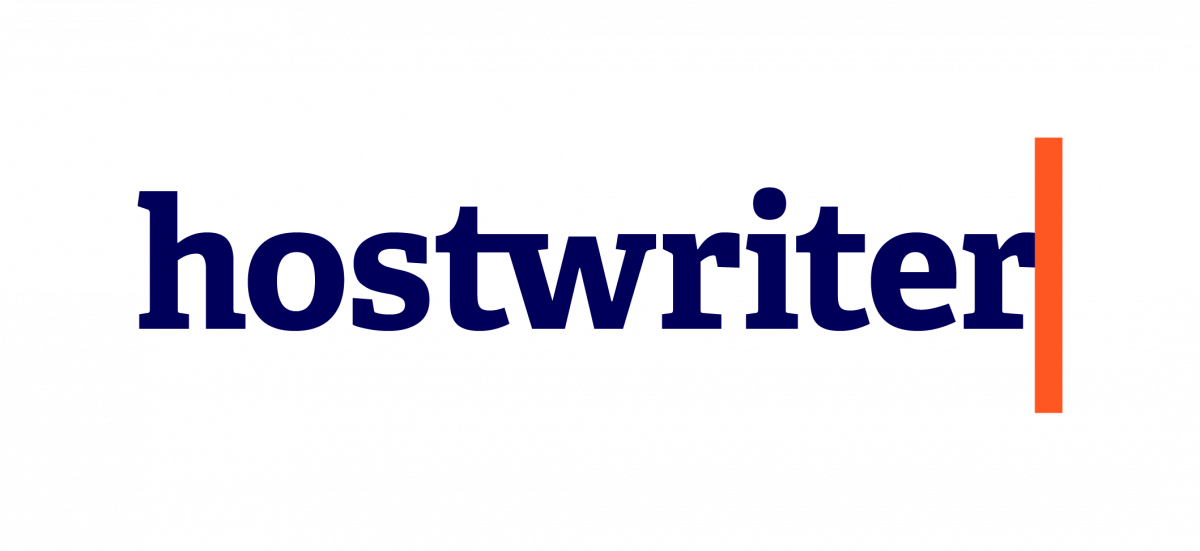Evidence based reporting in journalism is about collecting, weighing, and combining all available information on a given topic. In many cases, mainstream media is unwilling to follow the principle of showing their work. If the sources are solid and the evidence is strong, why can’t the public see them? Very often terms are used in a news story like: “experts claim”, “studies show”, or “top officials say”. These kinds of formulations should be avoided whenever possible. There are also exceptions. Anonymous sourcing is a valid technique when dealing with sources that need protection, but in some cases the source is not bona fide and just wants to see how the public reacts to information or a particular policy proposal. For example, a 30-minute interview may be recorded for a news story. And a section of that is used in the article. How can the public know whether any given quote was fairly reported, or taken out of context? By checking the source. Publishing the entire interview, transcript, or audio, for those who want to check it, is a sign of transparency. Sometimes journalists cannot determine what’s true, but they can find out where the bulk of evidence and expert thought lies on the truth continuum and then communicate that to audiences.









